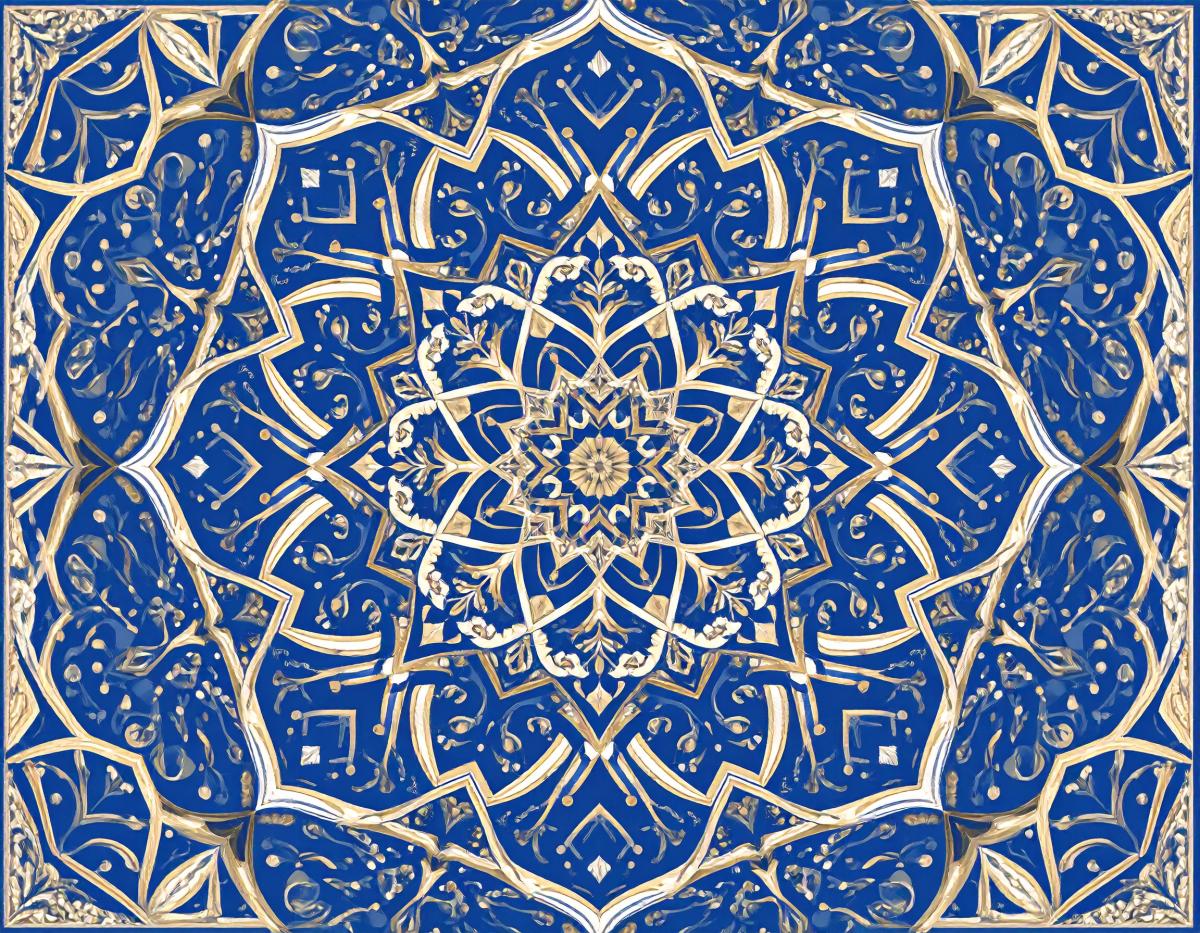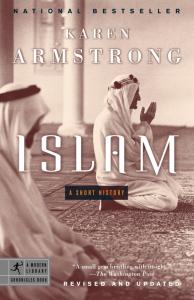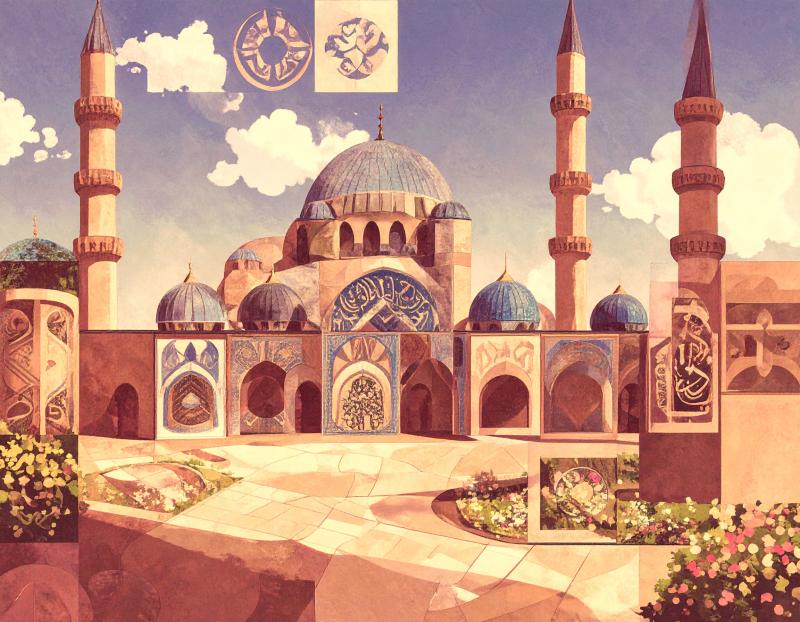Although the Prophet Muhammad is the central figure in Islam, Muslims do not portray him visually because of the opposition to idolatry as well as respect for the Prophet. Some would even consider depicting him as sacrilegious. If he is depicted, his face is left blank or not visible. However, out of respect for those who see it as a most serious issue, depictions of him have become rare. To avoid portraying anything that might be perceived as idolatry (humans, animals, and plants), Islam has created amazing geometric art forms, such as the one above.
Born around 570 CE in Mecca, modern-day Saudi Arabia, Prophet Muhammad, Islam’s final prophet, is a key figure who delivers God’s last word to humanity. His life and teachings led to one of the world’s largest religions. Understanding who he was and his role in Islam helps shed light on Islamic principles, history, and culture.
Early Life
Muhammad was born into the Quraysh, a respected tribe of Mecca. He was of the line of Ishmael, a Judeo-Christian prophet. Orphaned early, he was brought up first by his grandfather and then by his uncle. He was truthful and trustworthy, which is why he earned the moniker Al-Amin, meaning “the trustworthy.” At 25, he married Khadijah, a wealthy widow, and they had several children. A profound spirituality, reflection, and concern for social justice defined Muhammad’s youth.
The Call to Prophethood
At 40, Muhammad started to receive revelations from Allah (God) via the angel Gabriel. It was the start of his prophetic mission, preaching monotheism and moral reform, and taking on the tribal polytheism of Mecca. The early converts were his wife Khadijah, a few relatives, and friends.
The Message and Teachings
Muhammad’s teachings stressed the following:
1. Monotheism (Tawhid): The belief in one, indivisible God.
2. Prophethood: Muhammad is the final prophet in a long line that includes Abraham, Moses, and Jesus.
3. Five Pillars of Islam:
- Shahada (Faith): The declaration of faith in the oneness of God and Muhammad as His messenger.
- Salah (Prayer): Performing five daily prayers facing the Kaaba in Mecca.
- Zakat (Almsgiving): Charity as a form of social welfare to help those in need.
- Sawm (Fasting): Observing fast during the month of Ramadan.
- Hajj (Pilgrimage): Undertaking a pilgrimage to Mecca, if physically and financially able.
4. Moral and Ethical Living: Promoting honesty, compassion, justice, and the importance of community ties.
5. Social Justice: Defending the cause of women, children, and the poor.
Opposition and Migration
Muhammad’s message first encountered opposition from the Quraysh elites, who viewed his teachings as a challenge to their authority and the status quo. As things heated up, Muslims were persecuted. In 622 CE, Muhammad and his followers made the Hijra — emigrated — to Medina. Mediating disputes and building a community, Muhammad established his role as both spiritual leader and political figure.
Establishment of an Islamic State
In Medina, Muhammad built a community founded on Islamic principles, forming alliances with tribes and setting the stage for an Islamic state. Over the subsequent years, he fought numerous battles against the Quraysh and other tribes, and Islam slowly began to spread throughout the Arabian Peninsula. In 630 CE, he and his followers took Mecca, where he purified the Kaaba of idols and rededicated it as a venue of monotheistic worship.
His Legacy
Muhammad died in 632 with a community of millions of believers united in faith. His Hadith and Sunnah also provide important guidance to Muslims alongside the Qur’an, which is viewed as the direct word of God as revealed to Muhammad. His teachings and the faith of Islam’s influence expanded over the centuries, resulting in a worldwide following of over a billion people today.
Comparison with Other Religious Figures
And while Muhammad was a messenger of God, so too were those in various other religions. For example, Jesus in Christianity and Moses in Judaism bore godly messages and were significant characters within their faiths. Just like them, Muhammad’s life and teachings are still examined, contested, and respected by millions, influencing not only religion but laws, cultures, and civilizations.
Conclusion
Prophet Muhammad’s life and teachings were a bold new chapter in humankind’s spiritual journey. His message of monotheism, morality, and social justice still echoes, directing the lives of Muslims around the world. Grasping the significance of Muhammad is key to contextualizing the faith, ritual, and ethos that comprise Islamic civilization and inform the relationship between Muslims and non-Muslims around the world.
Islam: A Short History
by Karen Armstrong
Product information
Product Review Score
4.4 out of 5 stars
70 reviews



